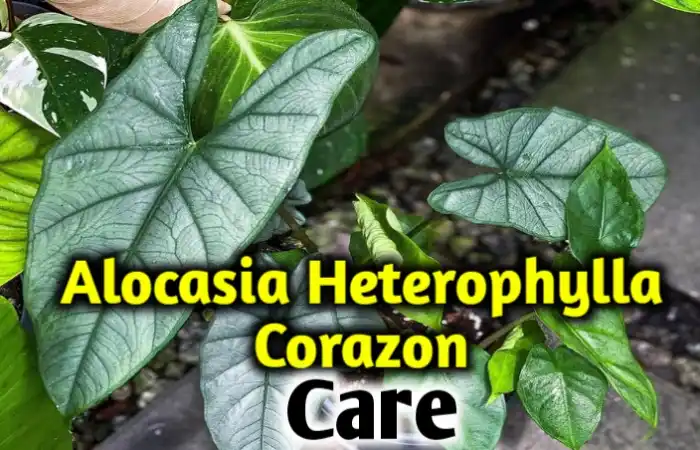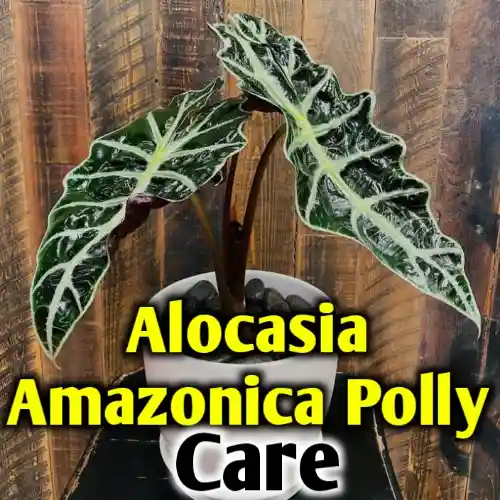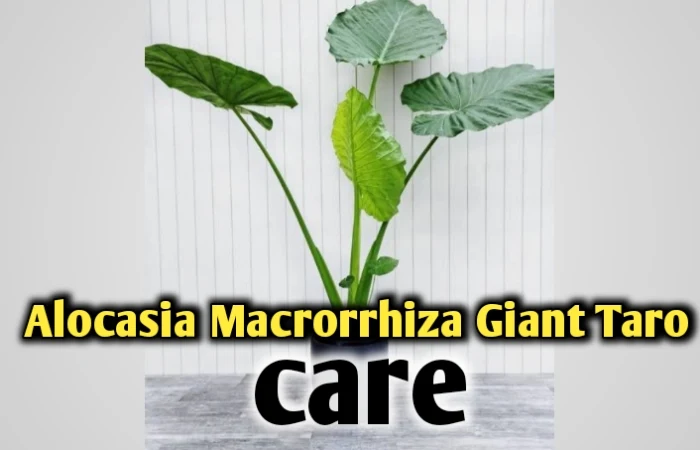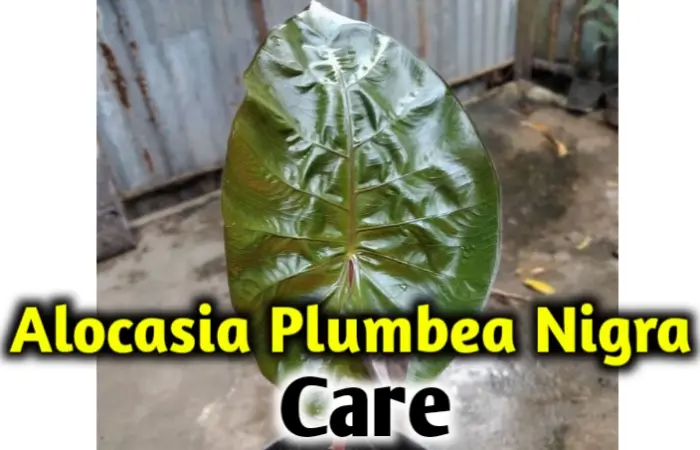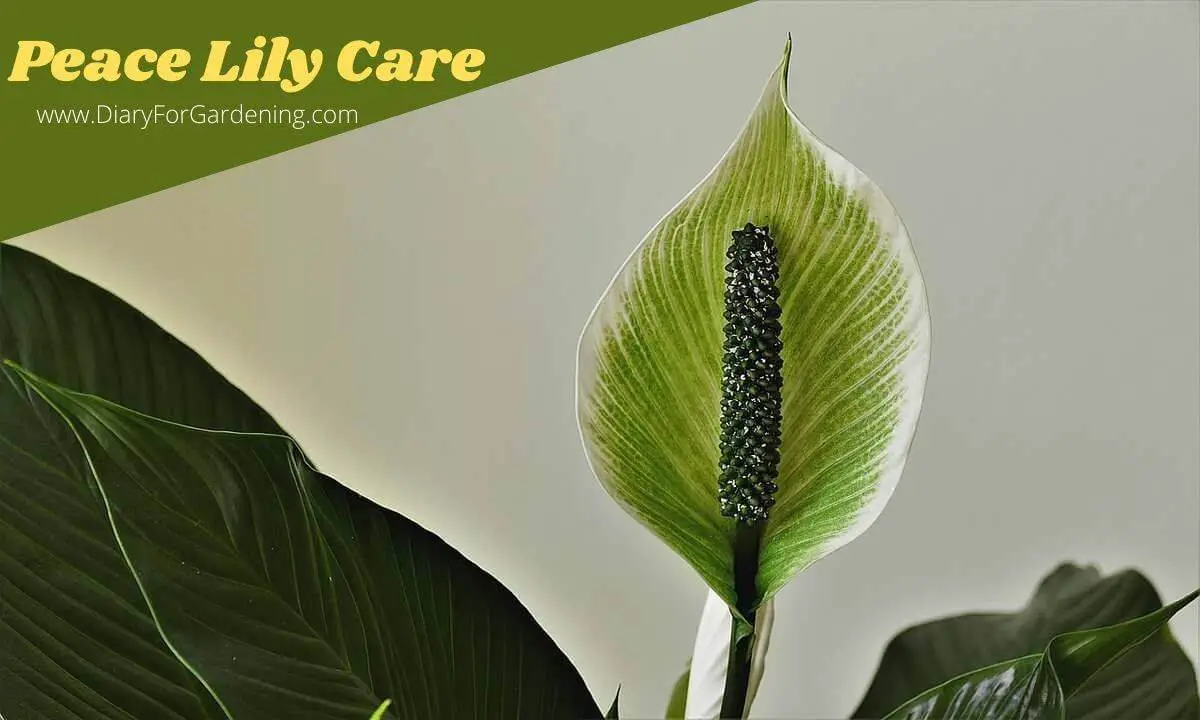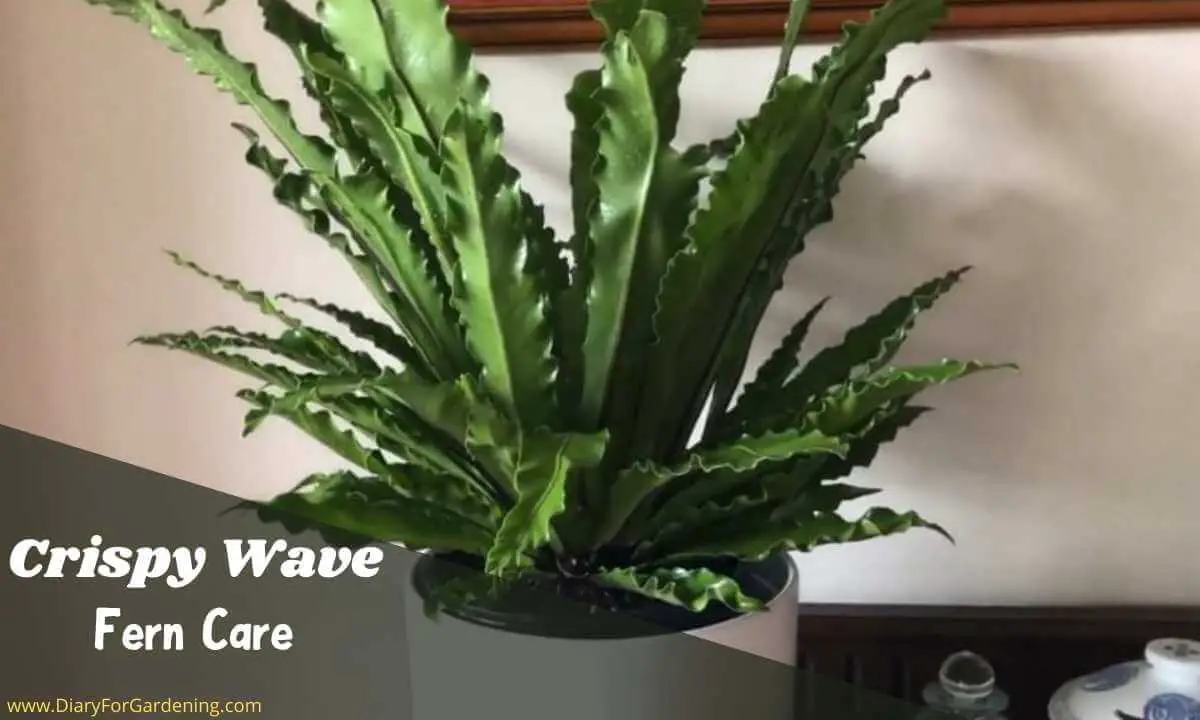Alocasia Wentii care, propagation- All you need to know
Are you an alocasia wentii lover? And If you are not buying your favorite alocasia wentii just because you don’t know how to handle it? Then this article is only for you.
Alocasia wentii is a warm-loving plant that remains evergreen but goes dormant during cold weather. Under the right growing conditions; filtered sunlight, well-drained soil, average watering and balanced fertilization your Alocasia wentii will bloom. Repotting should be done on regular basis to avoid root rot conditions.
Here, in this article, I tried to provide all the necessary information regarding care of alocasia wentii including its propagation method. So keep scrolling and grab what you need.
Alocasia Wentii overview
| Scientific name | Alocasia wentii |
| Common name | Hardy Elephant Ear, New Guinea Shield, Purple Umbrella |
| Family | Araceae |
| Origin | Tropical rainforest in southeast Asia |
| Plant height | Approx. 150 cm (5 feet) |
| Plant width | Approx. 90 cm (3 feet) |
| Plant type | perennial, evergreen, herb with long, narrow stems that lead to enormous foliage |
| Leaf | arrowhead-shaped leaves with distinct color combination; metallic bronzy purple undersides and deep shade of green topsides |
| Sunlight | bright indirect light |
| Watering | once a week |
| Soil | well-draining, nutrient-rich slightly moist soil |
| Humidity | 60% to 80% |
| Temperature | 60-86 degrees Fahrenheit ( 16-30 degrees Celsius) |
| Fertilizer | every two weeks |
Where to buy Alocasia wentii?
You can find Alocasia Wentii in the nearby nurseries and plant shops. But if you don’t want to go to the shop you can browse the Internet, specifically big platforms like Etsy and Facebook Marketplace. For your ease, I can suggest you Etsy for buy your lovely alocasia wentii.
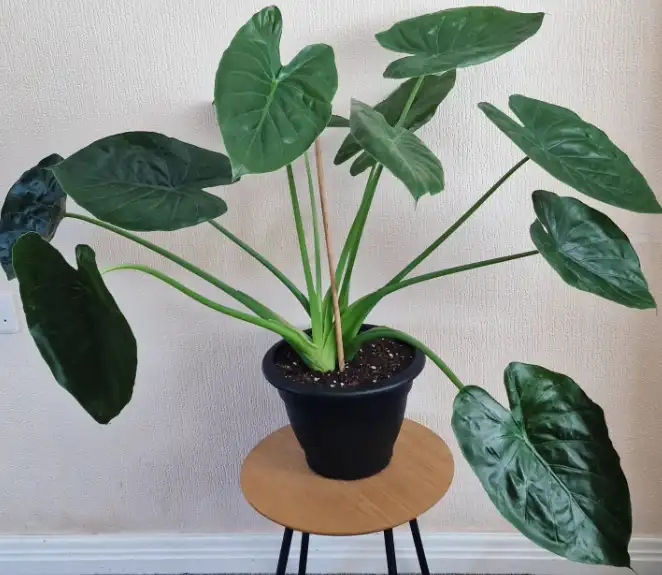
Alocasia wentii care guide
Alocasia wentii is one of the easiest varieties of alocasia to cultivate that thrives year-round with minimal effort. Alocasia Wentii grows vigorously in proper growing conditions; in warm, humid environments. It will be good if you can supply this tropical plant with growing conditions as close to the rainforest.
Alocasia wentii light requirement
Alocasia wentii thrives well under bright indirect light. Being a tropical plant it loves a lot of sunlight on a daylight basis but can’t withstand intense or direct light sunlight. The ideal location to place your alocasia is usually south, west, or easy-facing windows where it gets plenty of dappled sunlight.
Watering guide for Alocasia wentii
Alocasia Wentii prefers its soil to be slightly moist without being soggy. When watering, make sure to allow the topsoil to dry out first. This plant is sensitive to excessive watering and waterlogged condition leads to root rot.
During the growing season ( spring and summer), you can water the plant once a week.
Best soil for Alocasia wentii
Alocasia wentii loves well-draining, nutrient-rich slightly moist soil. Growing mediums that are well-aerated and which can retain moisture.] are best for alocasia.
Ideal potting mixture for alocasia wentii:
- 5 parts orchid bark
- 1 part perlite
- 1 part sphagnum moss
The ideal soil pH level for alocasia wentii is 5-8.
Temperature for Alocasia wentii
Alocasia Wentii should be placed in spaces with a temperature range between 60-86 degrees Fahrenheit ( 16-30 degrees Celsius). the colder temperature range; below 50 degrees Fahrenheit, it may face temperature stress.
Don’t place the plants near open windows, air conditioners, and vents where cold breezes can come in and affect your alocasia.
Humidity for Alocasia wentii
The optimum humidity for Alocasia wentii plant is between 60% to 80%. This allows healthy growth and adorns the plant with the most vibrant foliage.
Therefore always keep the plant in a humid environment otherwise the leaves would turn brown.
You can maintain a humid condition by misting or pebble tray method.
Fertilizer for Alocasia wentii
Being a heavy feeder, alocasia wentii requires plenty of fertilizer. Apply diluted Organic fertilizer at least every two weeks during the active period of the plant’s growth (spring and summer). Don’t apply fertilizer during winter season as the plant goes dormant. Always make sure to dilute the suggested strength to half to avoid over-fertilization.
Alocasia wentii plant propagation
Alocasia wentii plants are tuberous. And thus it can be easily propagated through root division. The rhizome produces offsets and corms that can be removed from the plant and grown separately.
Removal of mother plant: Remove the adult alocasia wentii plant from its old pot with care and shake off any extra dirt on the root.
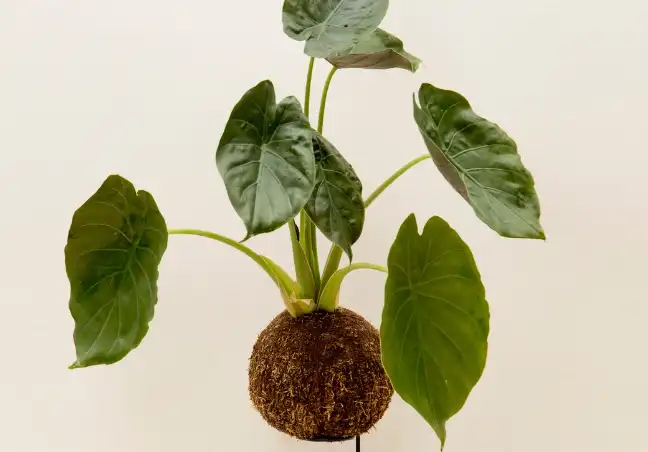
Separation of the tubers: Using a sharp and disinfected knife, divide the bulb without damaging their root system
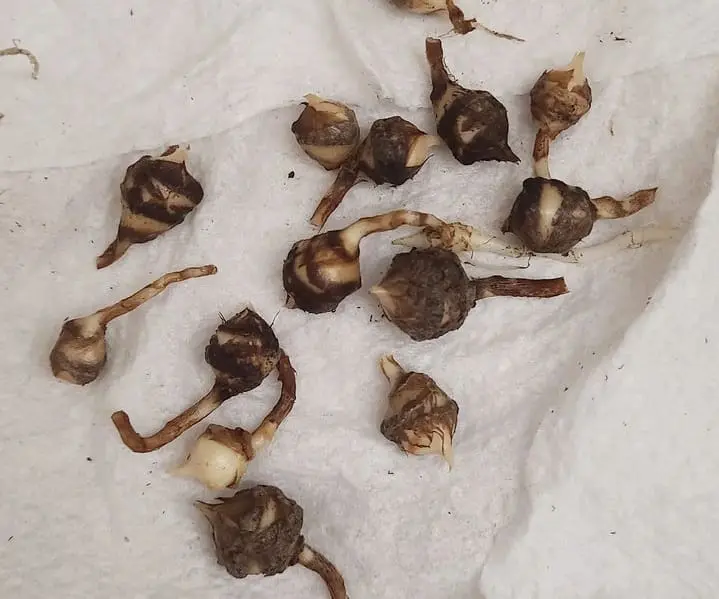
Plant the tubers and bulbs into an already prepared pot.
Water both plants and then place them close to a window to get access to sunlight for healthy growth. Add diluted fertilizer to aid faster growth.

Repotting of Alocasia wentii
Alocasia Wentii doesn’t really like being repotted but you have to repot your alocasia wentii once a year to avoid the rootbound conditions. It will typically take at least four to six weeks to recover after the repotting process.
The ideal time to repot is during spring. Don’t repot it in fall or winter because it is the dormancy phase of the plant.
Why are my Alocasia wentii plant’s leaves turning yellow?
Overwatering is the main cause of leaf yellowing. Excessively moist soil results in root rot. In fact, too much watering is the most dangerous thing you can do to your plant. Therefore drain out the excess water. Other than this, Alocasia Wentii leaves turning yellow may also occur in response to the cumulative effect of
- Stress of repotting
- Nutrient deficiencies
- Disease
- Pests infestation
- Too much light
- Even underwatering
Why is my Alocasia wentii losing all its leaves?
Dormancy makes your Alocasia Wentii unhappy. A condition of a sudden reduction in temperatures or light can trigger dormancy. In a dormant state, alocasia wentii are likely to lose leaves. So, make sure to maintain the light and temperature range close to what it receives during its active growing season.
Why are my Alocasia wentii plant’s leaves turning yellow?
The primary cause of Alocasia Wentii leaf browning is low humidity; tips and edges of the leaf turn brown. To avoid this problem you have to maintain humidity levels of more than 60%. Apart from this, brown leaves can also be caused by
- overfertilizing
- pests, disease infection
- too much light.
Alocasia wentii vs Alocasia baginda ‘dragon scale’
Alocasia Wentii has beautiful heart-shaped, glossy green leaves with prominent veins and a contrasting metallic maroon reverse. Alocasia baginda ‘dragon scale’ is a lovely evergreen plant with an oval shape and large silver-green foliage. A darker vein can be found near the top of the leaf; such an appearance resembles a dragon’s scale.
Alocasia wentii vs alocasia amazonica Polly
Alocasia wentii has arrowhead-shaped leaves with a distinct color combination; metallic bronzy purple undersides and deep shade of green topsides
Alocasia Polly is a beautiful plant and very easy to recognize its eye-catching foliage: arrow-shaped and very dark green with lighter, creamy green midribs.
Alocasia wentii vs alocasia nebula
Alocasia wentii’s glossy green foliage has Araceae’s classic broad shape. The leaves boast purple-hued undersides and a slightly ruffled texture. On the other hand, Alocasia Nebula has fascinating silvery gray or deep blue leaves with two lines of patterning. It has a thick and exquisite type of leaves.
Is Alocasia wentii toxic?
Like many other houseplants of the Alocasia genus, alocasia wentii contains insoluble calcium oxalates, which can cause intense burning in the mouth and surrounding areas. In severe cases, it may kill your pets. Hence, it’s important to take caution when bringing this plant indoors.
Does Alocasia wentii have flowers?
No, The Alocasia wentii does not produce flowers. The Wentii plant is mostly grown for its foliage. Its alluring large green and purple leaves provide a beautiful backdrop for other species’ bright and colorful flowers.
Where should I put my Alocasia Wentii?
Always place your alocasia wentii in a location that has access to bright and indirect sunlight such as windows and under plant light. Don’t put them near a heater or air conditioner, it will cause dehydration to your plant. The ideal place is south, west, or easy-facing windows.
Final thoughts
Alocasia Wentii is considered an excellent houseplant due to its unique green and purple foliage. Alocasia Wentii originates from the tropical rainforest thereby you would be able to get a robust and healthy plant only by making them accustomed to certain weather conditions that resemble the rainforest:
- Adequate morning-dappled sunlight
- a warm, humid environment
- Well-drained peat-based growing media
- Yearly repotting to facilitate plant with proper root growth
- Judicious fertilization during the active season( usually once a month)
So follow above guidelines to make your alocasia wentii flourished.

